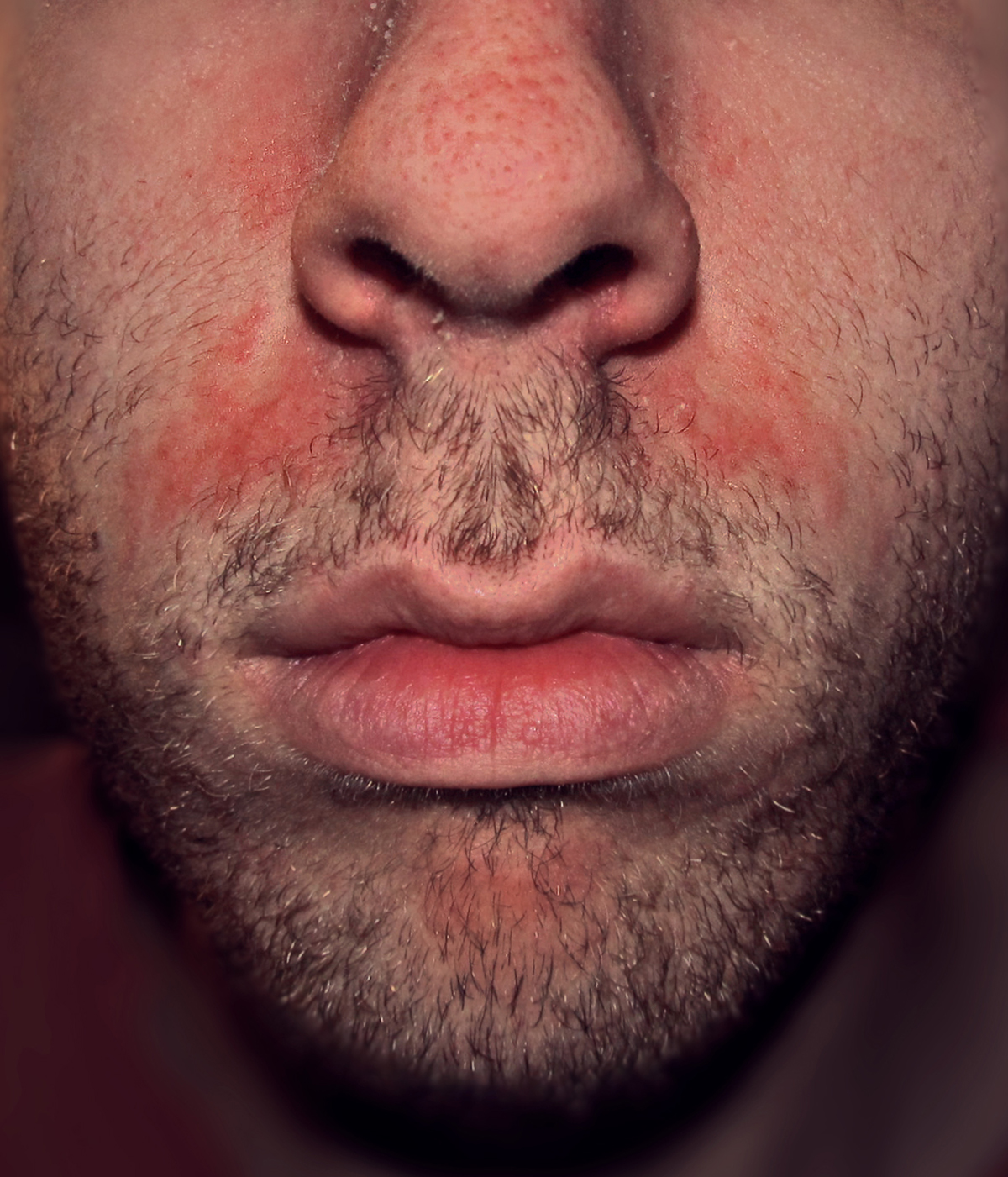
Definition
Seborrhoid dermatitis is a skin condition which affects parts of the body where sebum producing glands are present. As almost all parts of the body are covered in these oil glands, this means that the condition may affected each and every body part. These glands are responsible for production of sebum which is overproduced in case of seborrhoic dermatitis. The affected skin gets inflamed and red and is covered with flakes. The exact cause of the disease has not been established yet. However some say that Pityrosporum ovale, which is a type of skin yeast, may be the culprit of the disease. The diseases aggravates if a patients lives stressful life. Winter may also make the condition worse. There is no definitive cure for seborrhoic dermatitis but the symptoms can be well controlled.
Symptoms and Signs of Seborrhoic Dermatitis
The disease features with increased production of sebum. The skin is inflamed and red. The skin becomes rather itchy and oily. It is covered with dandruff. The dermatologist may not even notice the redness of the skin until the dandruff is removed.
There are certain predilection places where disease occurs more. They include scalp, the line that separates the face and the skull, forehead, the area of eyebrows, creases of nose, outer ear canal and the ear creases, chin, intermammary cleft and the middle of the back. In people with dark ten the skin changes appear lighter in comparison to normal skin.
Self Care
Majority of patients can treat this condition at home. Still they may need to visit doctor for the doctor can only set the definitive diagnosis of seborrhoic dermatitis. Repeated shampooing of the affected area and prolonged process of shampooing may be beneficial. The best shampoos are those which contain ketoconazole, selenium sulfide, salicylic acid and those that are based on tar. One should avoid or completely stop using hairspray or hair gel. Adequate coping with stress and mild changes in diet may be of great help. Foods that need to be avoided include those rich in sugar. Alcohol must be avoided as well. The food ought to be rich in zinc and B vitamins. Omega-3 acids are recommendable as well. Moderate exposure to sunlight can be of additional help.
There are several over-the counter creams that are good at treating seborrhoic dermatitis and they most commonly include the following ingredients: clotrimazone, miconazone and terbinafine. Still before the creams are used it is better to consult a dermatologist. Hydrocortisone cream contains corticosteroids and is not advisable for application unless it is prescribed by the doctor.
Therapy Prescribed by Dermatologist
Dermatologists usually prescribe creams and solutions based on corticosteroids or some topical products that contain sulphur. Ketoconazole in a form of cream or shampoo can be also given. There are several more ointments such as lithium succinate ointment. In most severe cases even tacrolimus cream is prescribed. Still it is given to patients in case where any treatment option has failed.



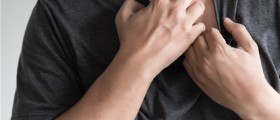
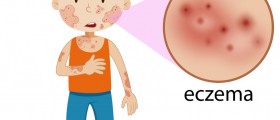
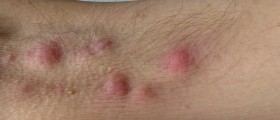
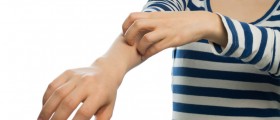




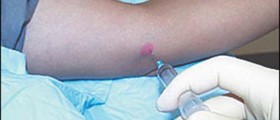



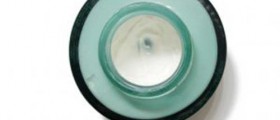
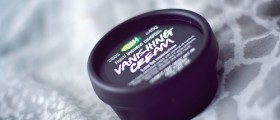
Your thoughts on this
Loading...